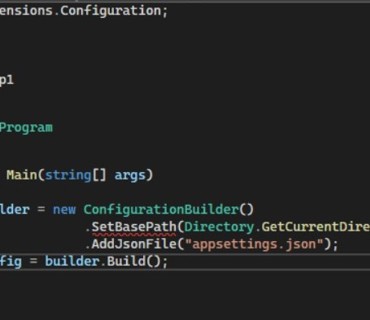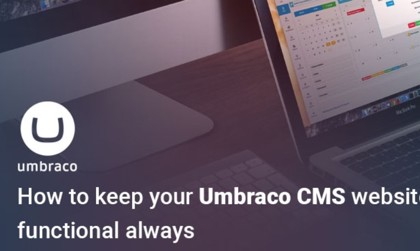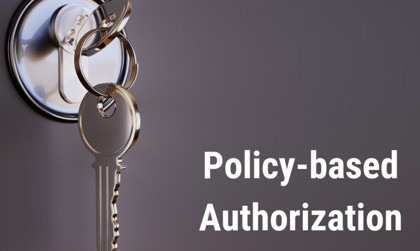In Axios, you will get a basic API to make a HTTP demand. It is essentially a commitment based HTTP client and you might involve it in vanilla JavaScript and NodeJS. To make a HTTP POST demand in NodeJS with the assistance of Axios, we really want to introduce Axios first. See the beneath order for introducing Axios:
npm install axios // or npm i axios
After installing Axios into our NodeJS program, let’s use it and see the below code example of making an HTTP POST request:
const axios = require('axios');
const data = {
name: 'James Mathew',
address : 'NY, USA'
};
axios.post('http://api.mydomain.com/v1/create', data)
.then((res) => {
console.log(`Status: ${res.status}`);
console.log('Employee Info: ', res.data);
}).catch((err) => {
console.error(err);
});
/*
Output:
Status: 200
Employee Info: {
status: 'success',
message: 'Successfully! Record has been added.'
}
*/
You may likewise involve the nonconcurrent capability for making a HTTP POST demand with Axios. How about we see an instance of doing it in the underneath segment:
const axios = require('axios');
const data = {
name: 'James Mathew',
address : 'NY, USA'
};
const createUser = async () => {
try {
const res = await axios.post('https://mydomain.in/api/users', data);
console.log(`Status: ${res.status}`);
console.log('Body: ', res.data);
} catch (err) {
console.error(err);
}
};
createUser();
/*
Output:
Status: 201
Body: {
name: 'James Mathew',
id: 2001,
}
*/










